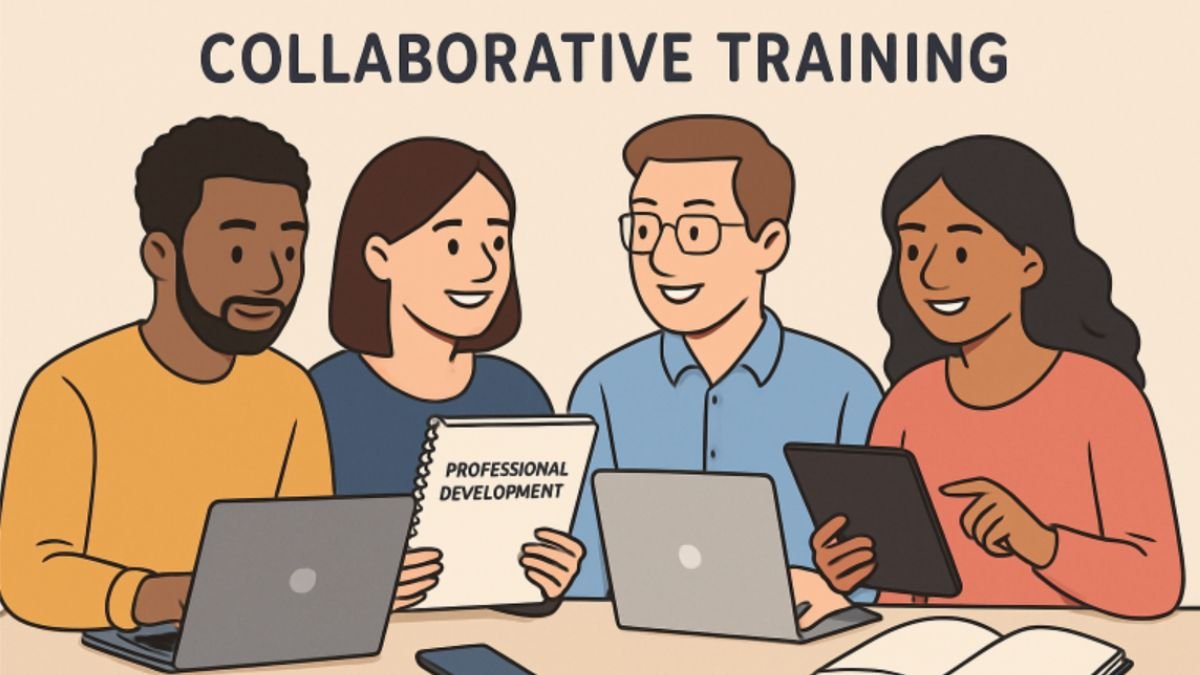The digital transformation of the modern workplace is relentless, bringing new challenges and opportunities each year. For organizations seeking long-term success, the ability to adapt to these changes hinges on the continuous development of their workforce. Fostering a culture where learning never stops means employees are always equipped to leverage the latest technology and industry best practices. In this environment, prioritizing ongoing training IT becomes not just a strategic option but a necessary foundation for surviving and thriving in a tech-driven marketplace.
The ongoing development of staff is crucial for cultivating a resilient workforce that can adapt to changing business landscapes. Organizations that invest in employee growth experience higher productivity, better retention, and enhanced adaptability. With the rapid evolution of technology, continuous training is essential to prevent skill obsolescence and maintain a competitive edge. Strong staff development programs not only address workplace dynamics but also help bridge skill gaps, ensuring that all employees are prepared for modern business demands.
Keeping Up with Technological Advancements
The pace of innovation in information technology, artificial intelligence, and digital infrastructure is accelerating at an unprecedented rate. This presents both a challenge and an opportunity for organizations: keeping teams up to date is no longer optional. Ongoing employee training helps bridge knowledge gaps as new platforms, tools, and methodologies enter the market. Companies that equip staff to handle emerging technologies can seize competitive advantages and avoid costly disruptions. Investing in professional development also ensures compliance with new security protocols, data management standards, and regulatory requirements driven by technological shifts. Rather than falling behind, organizations create agile teams capable of implementing solutions quickly and efficiently. This not only optimizes workflow but also improves customer satisfaction, ultimately reinforcing market position.

Enhancing Employee Engagement and Retention
Employee engagement is closely linked to the availability of learning and advancement opportunities. Staff members who see clear pathways for developing their skills and progressing in their careers are more motivated and less likely to seek employment elsewhere. Recent research from Forbes shows that companies investing in training and development enjoy significantly higher levels of worker engagement and retention. Effective staff development isn’t just about technical skills—it supports the growth of soft skills, leadership abilities, and cross-functional collaboration. When employees feel valued and empowered, they are more invested in an organization’s mission, more likely to engage creatively with their work, and better equipped to navigate change with confidence. In an era where top talent is in high demand, prioritizing personal and professional growth is a sound retention strategy.
Boosting Organizational Competitiveness
In every sector, the organizations leading the market are those that anticipate and respond to changes more quickly than their competitors. By embedding staff development as a core strategic priority, companies enable teams at all levels to respond proactively rather than reactively. This mindset leads to faster product innovation, improved customer experiences, and streamlined operational processes. Upskilling and reskilling efforts help businesses avoid stagnation. When teams can easily integrate new technologies and approaches, organizations can pivot more effectively in response to shifting market conditions. The result is higher profitability and an enhanced ability to withstand economic turbulence.
Fostering a Culture of Innovation
Creating a learning organization means empowering everyone to experiment, share ideas, and learn from failure. Continuous staff development encourages employees to challenge the status quo and contribute creatively to problem-solving and product development. When innovation is part of the culture, organizations stay ahead of industry trends and adapt quickly as customer expectations change. Encouraging ongoing professional growth fosters adaptability and an openness to new perspectives—key ingredients in developing groundbreaking products and services. Companies that make learning accessible to all employees seed innovation at every level, making them more resilient in the face of uncertainty.
Implementing Effective Staff Development Programs
The most impactful staff development initiatives share several critical features:
- Incentivize industry-recognized certifications so staff members can demonstrate their command of new tools and technologies.
- Establish structured mentoring, coaching, and peer learning programs to create strong knowledge-sharing networks within the organization.
- Embrace digital solutions, such as online courses, webinars, and virtual workshops, to meet the needs of modern, geographically distributed teams.
Successful staff development requires leadership support, a clear strategy, and ongoing evaluation to ensure programs remain aligned with organizational goals and employee aspirations. By balancing technical upskilling with broader learning opportunities, organizations build a workforce that is both skilled and adaptable.
Conclusion
Ongoing staff development is no longer a luxury—it’s a necessity for organizations that want to remain agile, competitive, and relevant in a fast-paced, technology-driven marketplace. By investing strategically in continuous learning, organizations empower their people to develop the skills and mindsets necessary for success. The benefits ripple outwards: productivity increases, retention improves, and innovation thrives. Building a culture of learning and growth prepares both employees and organizations to not just keep up with change, but to lead it. Forward-thinking investment in training and professional development is the key to sustained, long-term success.
“In a world of instant takes and AI-generated noise, John Authers writes like a human. His words carry weight—not just from knowledge, but from care. Readers don’t come to him for headlines; they come for meaning. He doesn’t just explain what happened—he helps you understand why it matters. That’s what sets him apart.”

